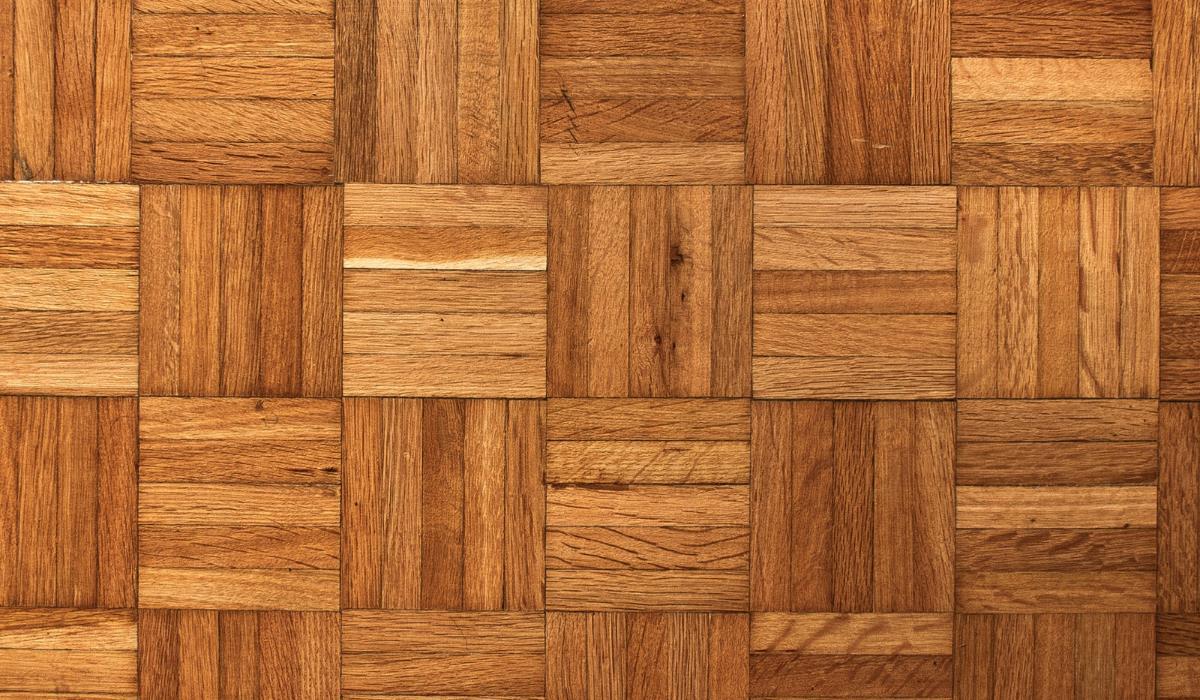The parquet floor is an extremely effective and elegant solution. Due to its natural beauty and the possibility of repeated renewal, it is very popular. One of the most important advantages is their thermal and acoustic insulation. However, it is not recommended to lay them on underfloor heating due to poor heat conduction.
Parquet floors come in different varieties, including traditional, lamellar, mosaic, industrial and wooden paving. Each type varies in thickness, lay-up and strength, so it’s important to consider carefully before purchasing.
Parquet selection
When choosing a parquet, issues such as the class of wood and the type of wood are important. The grade of the wood affects the appearance, while the grade of the wood affects durability. Medium hard varieties, such as oak or ash, are most often used for the production of parquet. However, there are also more expensive exotic species, such as merbau or kempas, which are more resistant to abrasion and scratches.
Installation
Parquet installation is a task for a specialist who should have the appropriate experience and skills. It requires proper preparation of the substrate, such as screed, chipboard, OSB, mfp or gypsum fiber boards, which must be dry, dusted and primed. The parquet should be placed in the room where it will be installed for at least 48 hours to allow it to acclimate.
The parquet glue should be spread gradually so that it does not harden before laying the floor. After gluing the elements, you need to wait from 2 to 14 days (depending on the type of glue), and then you can start sanding. Finally, varnish or oil is applied to the wood, depending on the customer’s preferences. The varnish creates an additional protective layer on the surface that protects the parquet from mechanical damage, while the oil penetrates the wood, preserving and impregnating it.
Design

In addition to the quality of the wood, the way the parquet is laid is also important. It is worth remembering that each type of parquet has its own specific laying requirements. Traditional parquet is laid with glue, while lamella parquet with glue or on a frame. Industrial parquet is laid on special, flexible adhesives. It is also important to keep the gaps between the elements when laying the parquet. They allow the natural movement of the wood and prevent the floor from deforming.
Parquet and its purpose
When choosing parquet, it is worth paying attention to the type of room in which it will be installed and the type of use. In the case of rooms with high traffic, it is worth choosing industrial parquet, which is more durable and resistant to mechanical damage. For living spaces, you can choose traditional or slatted parquet, depending on your individual aesthetic preferences and budget.
Parquet – summary
Parquet is an elegant and durable solution for finishing the floor. When deciding on this type of floor, it is worth paying attention to the type of wood, its class, the type of parquet and the way it is laid. Installation of the parquet should be carried out by a specialist who will ensure the appropriate quality of workmanship and long-term use of the floor.



